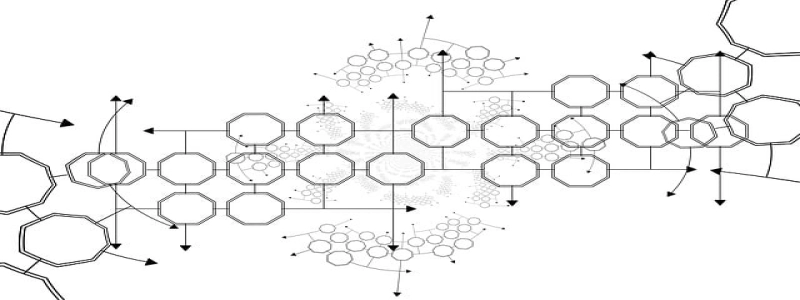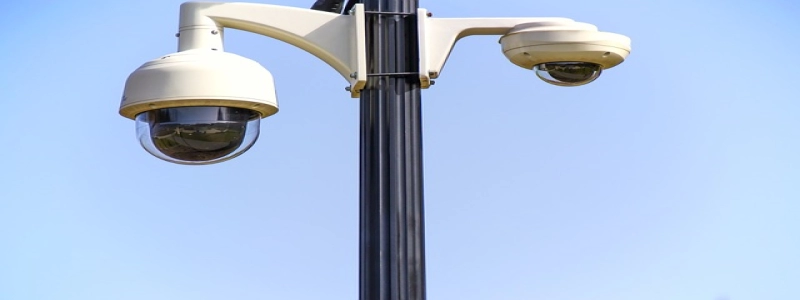RF Attenuation
1. Introduction
RF attenuation refers to the decrease in the strength or power of a radio frequency signal as it travels through a transmission medium or encounters obstacles. It is an important concept in the field of telecommunications and plays a crucial role in determining the range and quality of wireless communication.
2. Factors contributing to RF attenuation
2.1. Distance
The distance between the transmitter and receiver has a direct impact on RF attenuation. As the signal travels further, it experiences greater attenuation. This is primarily due to the spreading of the signal over a larger area, resulting in a decrease in signal strength.
2.2. Obstacles
Obstacles such as buildings, walls, trees, and other structures can cause significant RF attenuation. These obstacles absorb or reflect radio waves, leading to a decrease in signal strength. The composition and density of the objects in the path of the signal determine the extent of attenuation.
2.3. Frequency
The frequency of the RF signal also affects attenuation. Higher frequency signals experience greater attenuation compared to lower frequency signals. This is because higher frequencies are more easily absorbed by objects in the transmission path, resulting in a loss of signal strength.
2.4. Atmospheric conditions
Atmospheric conditions, such as rain, fog, and atmospheric moisture, can cause RF attenuation. Water particles in the atmosphere absorb and scatter radio waves, leading to a decrease in signal strength. The intensity of attenuation due to atmospheric conditions varies depending on the frequency of the signal.
3. Measuring RF attenuation
RF attenuation can be measured using various techniques and instruments. The most commonly used method is the use of a spectrum analyzer or power meter to measure the power of the signal at different points in the transmission path. By comparing the power at the transmitter with the power at the receiver, the attenuation can be determined.
4. Mitigating RF attenuation
To mitigate RF attenuation and improve signal quality, several techniques can be employed:
4.1. Antenna selection and placement
Using the appropriate type and positioning of antennas can help minimize RF attenuation. Directional antennas can focus the signal in a specific direction, reducing the impact of obstacles. Furthermore, placing antennas at higher elevations can help overcome the effects of distance attenuation.
4.2. Amplification
Amplifiers can be used to boost the RF signal strength, compensating for the attenuation experienced during transmission. These amplify the signal to the desired level, ensuring reliable communication even over long distances or in the presence of obstacles.
4.3. Frequency selection
Choosing the appropriate frequency for the wireless communication system can help mitigate RF attenuation. Lower frequency signals are less susceptible to attenuation, making them more suitable for long-range communication or areas with high obstacles.
5. Conclusion
RF attenuation is an important phenomenon that affects the range and quality of wireless communication. Understanding and mitigating RF attenuation is crucial in designing and operating efficient and reliable wireless communication systems. Factors such as distance, obstacles, frequency, and atmospheric conditions all contribute to RF attenuation. By employing the right techniques and equipment, it is possible to minimize the effects of attenuation and ensure optimal performance of wireless communication networks.







